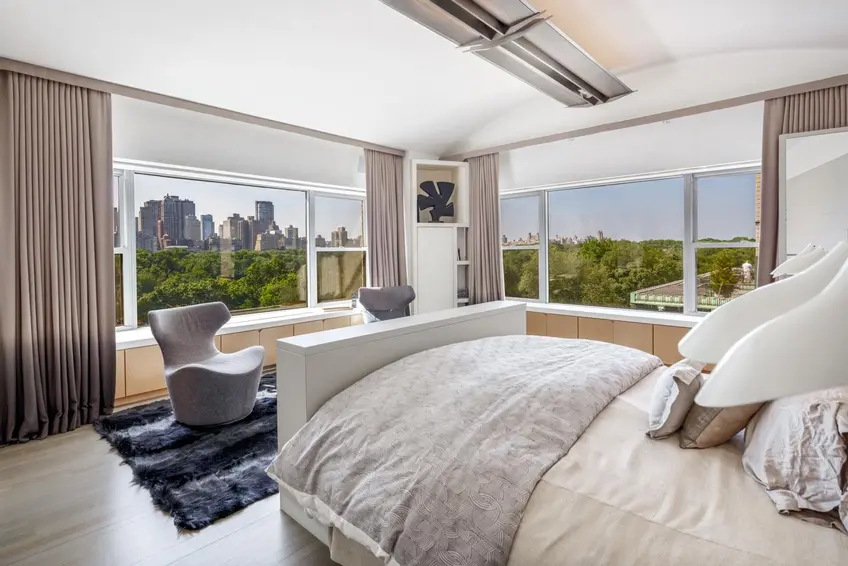 Parc V, 785 Fifth Avenue, #10A
Parc V, 785 Fifth Avenue, #10A
In recent years, a spate of foreign buyers purchasing luxury apartments as investments allegedly leaving them empty most of the time has led to New York City and State legislators calling for a pied-a-terre tax; following Ken Griffin's record-breaking purchase of a $238 million penthouse in January 2019, the talks reached fever pitch. The real estate industry derailed this proposal, arguing that it would punish luxury buyers and deter them from investing and residing New York, and the plan was scrapped in favor of an increased mansion tax.
However, the scheme never died: According to The Real Deal, the New York State Assembly and Senate versions of the pied-a-terre tax bill have been made identical; if they pass, the next step is Governor Cuomo's desk.
While the mansion tax is a one-time payment at closing, the pied-a-terre tax would be a high annual tax for secondary residences. Proponents see it as a way of generating much-needed funds for the city’s infrastructure and transportation systems, especially at a time when New York did not receive federal aid to close a massive budget deficit caused by the pandemic shutdown. And while Governor Cuomo has expressed opposition to raising income taxes on New Yorkers' primary residences, it is uncertain how warm he is to the idea of a pied-a-terre tax.
Regardless, the concept of having a part-time home in the city will always endure given the city's enduring position as a major global destination for business and tourism. This article explores who is likely to buy a pied-a-terre, where they should look, and the financial and interview plans they need to make. We also interspersed several active listings in Manhattan that are ideal as convenient secondary residences.
However, the scheme never died: According to The Real Deal, the New York State Assembly and Senate versions of the pied-a-terre tax bill have been made identical; if they pass, the next step is Governor Cuomo's desk.
While the mansion tax is a one-time payment at closing, the pied-a-terre tax would be a high annual tax for secondary residences. Proponents see it as a way of generating much-needed funds for the city’s infrastructure and transportation systems, especially at a time when New York did not receive federal aid to close a massive budget deficit caused by the pandemic shutdown. And while Governor Cuomo has expressed opposition to raising income taxes on New Yorkers' primary residences, it is uncertain how warm he is to the idea of a pied-a-terre tax.
Regardless, the concept of having a part-time home in the city will always endure given the city's enduring position as a major global destination for business and tourism. This article explores who is likely to buy a pied-a-terre, where they should look, and the financial and interview plans they need to make. We also interspersed several active listings in Manhattan that are ideal as convenient secondary residences.
In this article:
Who buys a pied-a-terre and why?
What do bicoastal actors and business executives have in common with empty nesters and local suburbanites? They are all in a position to live full-time elsewhere, but need or want to be in New York so often that it can be more economical to invest in the real estate market than spend money on a hotel every time one wants to visit.As nice as it can be to rack up loyalty points, even the most dedicated concierge cannot personalize the space the way one’s own photos and possessions can. And at a time when health and hygiene are on everyone's mind, there is something reassuring about the thought that no one else was staying in the pied-a-terre before the owner's arrival.
Where to search
In some of New York’s newest condos, luxury amenities like concierge service, state-of-the-art fitness centers, pools, and roof decks can make even the most mundane trip feel like a stay in a five-star hotel. Indeed, the residential component of some of the city’s most luxurious hotels allows pied-a-terre purchases that grant access to all the hotel’s amenities and services.At the other end of the scale, some pied-a-terre buyers look to small units outside the city’s glamour areas. These can be a bit more spartan than their luxury counterparts (think Murphy beds or kitchenettes as opposed to full kitchens), but this will show up in a sticker price that allows people to own a city home without breaking the bank. This also might be beneficial to those seeking a pied-a-terre for business purposes - while these buildings aren’t close to the city’s hot spots, they tend to be near largely commercial areas.
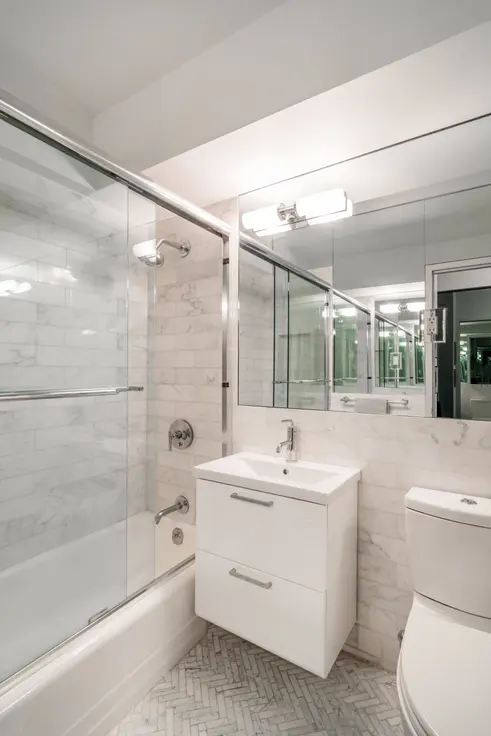
From the listing: Are you looking to enter the real estate market in 2020? Well, this apartment is the perfect opportunity! This turnkey custom home could be yours for under $4k/ month. Stop paying rent and start building equity today!
Conversely, if you are looking to spend more time in the city and need a 'home away from home' then 10G is a lovely Pied--Terre. Enjoy hotel-style living, but the key is yours to keep! See floor plan and full listing here.
Additional criteria
Even pied-a-terre buyers are not immune to the city’s residential amenity race: For some, amenities and concierge staff are not just nice perks, but essentials for their stay in New York. Even those who seek less fancy accommodations welcome the security that a doorman building offers, as assurance that the building and home are being looked after when they aren’t in it.Now that we’ve covered what pied-a-terre buyers might want most, let’s consider what they don’t need. For some buyers, part of the fun of staying in New York part-time is the chance to try new restaurants and visit old favorites - therefore, a chef’s kitchen with endless counter and cabinet space might not be at the top of their priority lists. Additionally, part-time living means there’s no need to keep a full wardrobe in the apartment, which means less closet space is required.
Finally, people seeking to buy a pied-a-terre should consider how they plan to get to their apartment. If they’re driving in for the occasional weekend, a building with a garage would surely be welcome. However, those coming to the building straight from the airport or train station would be advised to look for buildings close to public transit.
Finally, people seeking to buy a pied-a-terre should consider how they plan to get to their apartment. If they’re driving in for the occasional weekend, a building with a garage would surely be welcome. However, those coming to the building straight from the airport or train station would be advised to look for buildings close to public transit.
Condo vs. Co-op
In general, co-ops are much stricter about pied-a-terres - some ban them altogether, others allow them only on a case-by-case basis. Even those co-ops that are friendlier about this type of sales are happier to have full-time shareholders, as this assures them that the buyer will take care of the apartment and contribute to the sense of community they seek to cultivate. Therefore, buyers and their brokers should thus be prepared to do due diligence for these buildings.Condos are seen as a much friendlier avenue for pied-a-terre purchasers, requiring only that the buyers be able to meet financial requirements. This is also a safer option for international buyers who might not have U.S. tax returns to include in their board package.
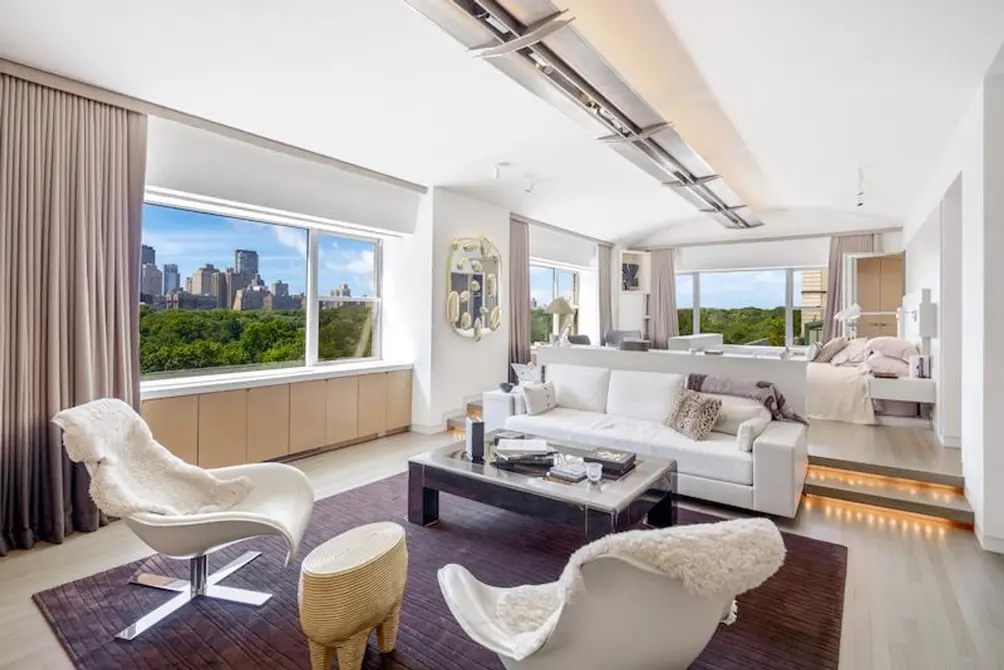 Parc V, 785 Fifth Avenue, #10A (Metropolitan Res Partners)
Parc V, 785 Fifth Avenue, #10A (Metropolitan Res Partners)
Would you like to tour any of these properties?
Just complete the info below.
Or call us at (212) 755-5544
Board interview
Sorry, but pied-a-terre buyers are not exempt from board interviews at co-ops that allow such purchases. At this time, they should be prepared to state how often they plan to be in the apartment and who else will have access to it (think housekeeping staff or family members who might use it as a crash pad). Any planned renovations should be mentioned, as should plans to use it as an office space - this often means more people coming and going that the board would like to know about.Renting out a pied-a-terre
While condos and co-ops have different attitudes towards pied-a-terres, they have one thing in common: They have strict rules about renting out pied-a-terre units when the buyer is not in it. Some buildings will only allow subletting to commence after the buyer has been there for a certain amount of time. Additionally, some co-ops have restrictions on the amount of time an apartment can be rented out - e.g., one to two years within a five- to seven-year period. Finally, most buildings don’t allow guests other than the owner’s immediate family. The Dominick, #3509 (Corcoran)
The Dominick, #3509 (Corcoran)
From the listing: Hotel-condo Pied-a-terre investment opportunity! Unit #3509 is the best value opportunity for a spacious 1 bedroom suite with separate living area at the Dominick - a Five Diamond Luxury Hotel destination! Just $995,000 for a Fendi Casa Furnished Northwest corner apartment with stunning views. This is the best pied-a-terre and investment opportunity that requires zero of your time to manage. See floor plan and full listing here.
Financing and Other Payments
Pied-a-terre buyers should be prepared for a more challenging road to financing their new apartment. As buyers who find themselves in financial trouble are more likely to walk away from their secondary residences than their primary, banks see this type as a higher risk and thus tend to charge higher interest rates. Moreover, pied-a-terres must be at least 60 miles away from the buyer’s primary residence in order to secure a fixed rate loan.Even if the financing goes smoothly and the pied-a-terre tax goes nowhere, there are some additional fees pied-a-terre buyers should keep in mind. Apartments priced higher than $1 million will be subject to the mansion tax (see above). Those who have chosen to buy in an amenity-rich building will see this come through in high common charges that they will be expected to pay at all times, not just when they're in town. Finally, buyers should be advised that if they spend more than six months out of the year in their pied-a-terre, they will be considered New York State residents and will be charged income tax.
From the listing: Sunny, open city views make this pristine alcove studio the ideal home. It is located on the 11th floor, and provides the perfect place to unwind.
Pied a terre ownership is permitted with Board approval. It is ideally situated in one of the most sought-after, vibrant, and historic neighborhoods, a block from Riverside Park. It is also close to Fairway, Citarella, Zabar's, Trader Joe's, and convenient to all transportation.
See floor plan and full listing here.
From the listing: Just a block from Gramercy Park, an oversized studio loft with soaring ceilings and 8-foot windows in a pre-war, full-service building. Featuring more than 12-foot ceilings at the highest point, and an incredibly rare skylight, this oversized studio looks out on to a beautiful garden.
The Sage House features a 24-hour doorman and live-in resident manager. The building is pet-friendly, allows up to 80% financing, and permits pied-a-terres and gifting. The building also has a liberal subletting policy available after 1 year of ownership with board approval. See floor plan and full listing here.
The Sage House features a 24-hour doorman and live-in resident manager. The building is pet-friendly, allows up to 80% financing, and permits pied-a-terres and gifting. The building also has a liberal subletting policy available after 1 year of ownership with board approval. See floor plan and full listing here.
Would you like to tour any of these properties?
Just complete the info below.
Or call us at (212) 755-5544
Would you like to tour any of these properties?

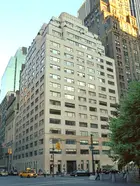

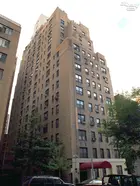
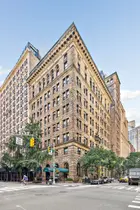
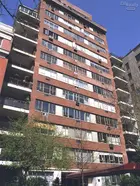
 6sqft delivers the latest on real estate, architecture, and design, straight from New York City.
6sqft delivers the latest on real estate, architecture, and design, straight from New York City.
